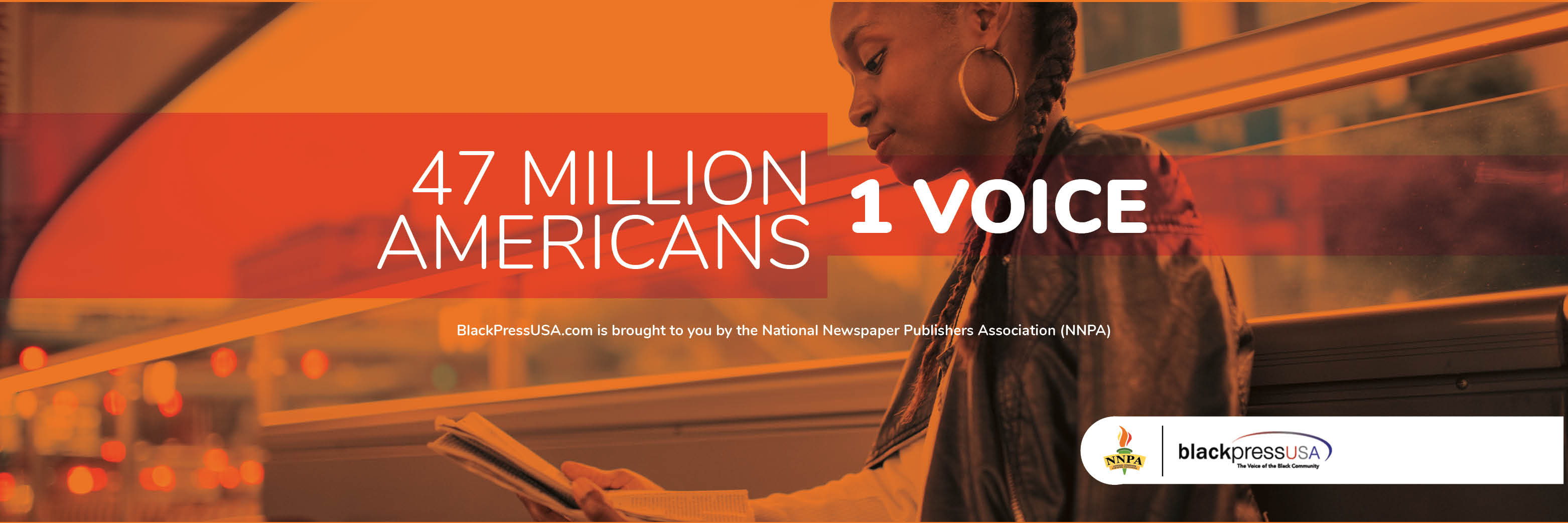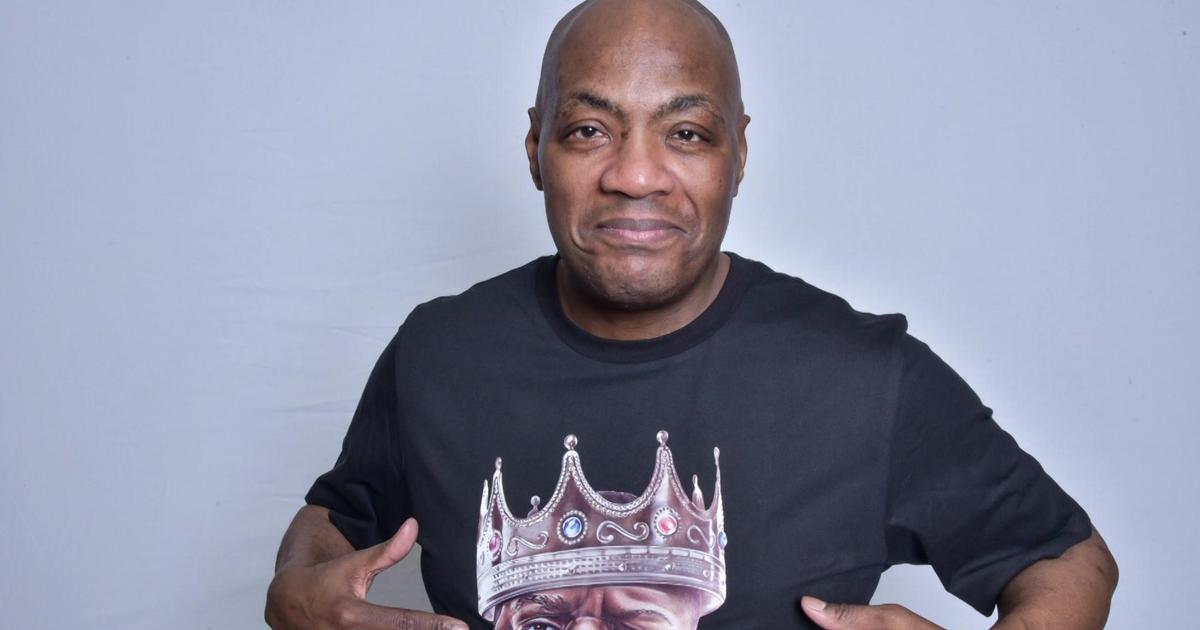What Dred Scott teaches us about the draft abortion ruling

It’s true that Dred Scott mirrors our current moment in several ways. During the lead-up to that decision, members of the press published leaks about the justices’ negotiations over the outcome. Members of the court were also keenly aware of their decision’s impact on the electoral landscape. But those pointing to the similarities between the two cases are missing a pivotal difference — one that truly sets Dobbs apart from Dred Scott. Today, the court has far more power to shape American life than it did in the 19th century.
While the Supreme Court has always maintained a degree of secrecy, leaking is not unprecedented. Nineteenth-century justices were notoriously loose-lipped with both reporters and other elite politicians. Lawyers who argued regularly before the court, members of Congress and executive officials often knew outcomes before the court announced an opinion.
The Dred Scott deliberations and decision were emblematic of this environment. The closest parallel between the Dobbs leak and Dred Scott came in the spring of 1856, right after the court first heard the case. In both February and April, the New York Tribune published almost daily accounts of the justices’ discussions in conference; the leaker was probably anti-slavery Justice John McLean, who had close ties to one of the paper’s editors, James S. Pike, and who fervently disagreed with the majority.
The leaks are one reason Dred Scott has sprung to mind in the wake of Monday’s news. But some have also pointed to the partisan nature of the decision. After the 1856 election, the case was reargued, and the incoming president, James Buchanan, corresponded with two of the justices about the potential outcome; one even asked Buchanan to influence the views of another member of the court. When the justices finally issued their decision, Chief Justice Roger B. Taney purposely delivered the opinion two days after Buchanan’s inauguration, during which the new president — knowing what was coming — had impressed upon the country the importance of accepting the court’s pronouncements.
The interaction between Buchanan and the justices during these deliberations would be considered wildly inappropriate in 2022. Americans in the 19th century, however, accepted that partisan concerns influenced the justices. Few expressed qualms about describing a justice by his partisan allegiances — Democrat, Republican or otherwise — particularly as they overwhelmingly joined the bench from political offices. Americans also knew that a change in partisan personnel on the court would result in a change in outcomes. After their victory in 1860, Republicans were intent on adding members of their own party to the court, with the express purpose of overturning decisions such as Dred Scott.
Recent events have highlighted that politics and public opinion influence the justices in the 21st century just as they did in the 19th century. Anger over the court’s decision to let a new highly restrictive Texas abortion law, S.B. 8, go into effect last September, a ruling it issued via the “shadow docket” — a catchall term for cases in which the court rules without formal argument — surely influenced the justices’ later decision to schedule traditional oral arguments on two more challenges to the law.
Meanwhile, Dobbs vividly illustrates the ties between politics and personnel more than any other recent case. After Justice Amy Coney Barrett replaced Ruth Bader Ginsburg, Mississippi asked the court not only to uphold its ban on abortions after 15 weeks of pregnancy but also to overturn Roe v. Wade, believing it now had the votes. The conservative justices fiercely deny this reality — in an April speech, Barrett implored Americans to “read the opinion” instead of making blanket assumptions about the justices’ partisan intentions. But that doesn’t make it any less true.
Yet, while the leaked decision and the political nature of the draft Dobbs decision parallel Dred Scott, there is a crucial difference between the two — one that explains why the court’s reversal on abortion after a half century is deeply problematic. In the 19th century, most Americans weren’t bothered by justices’ deep ties to partisan politics, because few people accepted that the Supreme Court had final say over the Constitution. Instead, they viewed the people as retaining the ultimate power to decide what the Constitution meant — operating through their elected representatives and in popular demonstrations.
Not surprisingly, then, because of its heinous language and intent, large portions of the American public simply refused to accept Dred Scott as constitutional. As historian H. Robert Baker has shown, states like Wisconsin even responded to the decision by denying the Supreme Court the power to review its decisions at all. Once Republicans gained power, they simply ignored the court’s pronouncements in Dred Scott, directly defying the its ruling by abolishing slavery in the federal territories and Washington, D.C., during the Civil War. Because most Americans had believed for generations that the Supreme Court did not have final authority over constitutional meaning, few saw these actions as unusual or problematic.
Shortly after the Dred Scott decision, Abraham Lincoln explained the philosophy driving this view of constitutional politics in his famous debates with Stephen A. Douglas in Illinois in 1858. Quoting none other than President Andrew Jackson — a man Lincoln had criticized for most of his political life — Lincoln insisted that “whenever a free people should give up in absolute submission to any department of government, retaining for themselves no appeal from it, their liberties were gone.”
Today, by contrast, Americans largely allow the Supreme Court to wield enormous authority over the contours of our political life. Nine unelected justices have the opportunity to shape the American constitutional order well beyond the elected branches. So perhaps the lesson of Dred Scott for our current moment isn’t about leaks or how public opinion influences the justices. It’s that — consciously or not — members of the court are deeply tied to the political world, and rather than insisting on apolitical justice, Americans have another option: to demand their elected representatives take back their authority over the Constitution, and treat the Supreme Court’s edicts as Abraham Lincoln did the Dred Scott decision.
Source link




